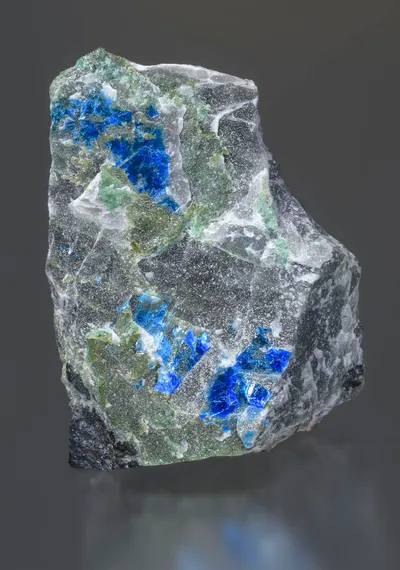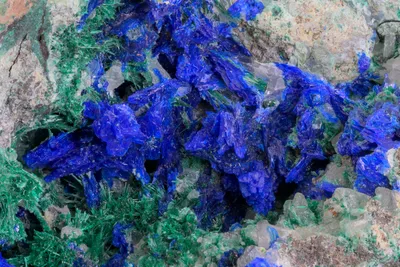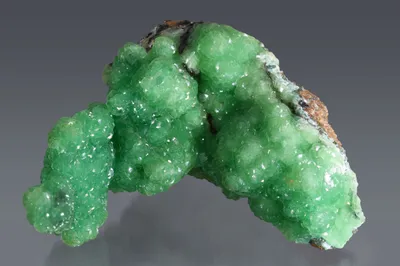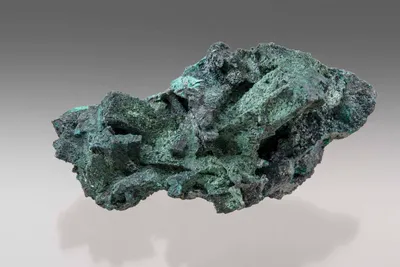Mineral Species
Devilline
Type Locality
No
Composition
CaCu2+4(SO4)2(OH)6·3H2O
Crystal System
Monoclinic
Status at Tsumeb
Confirmed
Abundance
Very rare
Distribution
Second and third oxidation zones
Paragenesis
Supergene
Entry Number
Species; TSNB105
General Notes
Devilline was first reported from Tsumeb by Paar (1973) as one of several secondary minerals forming on the oxidising surfaces of tennantite pseudomorphs after enargite. Paar observed brochantite, langite and posnjakite in association with devilline.
Bartelke (1976) was the first of several authors who emphasised the difficulty of distinguishing between devilline and serpierite.
Pinch and Wilson (1977) observed devilline as "… white to bluish-white felted masses on tennantite, and also sky-blue crusts on smithsonite."
Keller (1984) considered "serpierite-devilline" to be part of a low pH paragenesis including posnjakite, brochantite, malachite, linarite and "serpierite-devilline" which forms typically on the surfaces of tennantite pseusdomorphs after enargite. He proposed the following crystallisation sequence (slightly modified from Keller 1977a):
II/3: primary sulphides >> brochantite + posnjakite + malachite >> linarite >> serpierite-devilline
According to Gebhard (1999) some of the last specimens to emerge from Tsumeb before the mine closed in 1996 were specimens of elongated native copper crystals with tiny platelets of devilline on the surfaces. These were allegedly found on 47 Level, deep in the third oxidation zone.
Associated Minerals
brochantite; cerussite; connellite; copper; enargite; langite; lavendulan; linarite; malachite; namuwite; posnjakite; serpierite; smithsonite; tennantite-(Cu) (?); tennantite-(Zn); wulfenite







